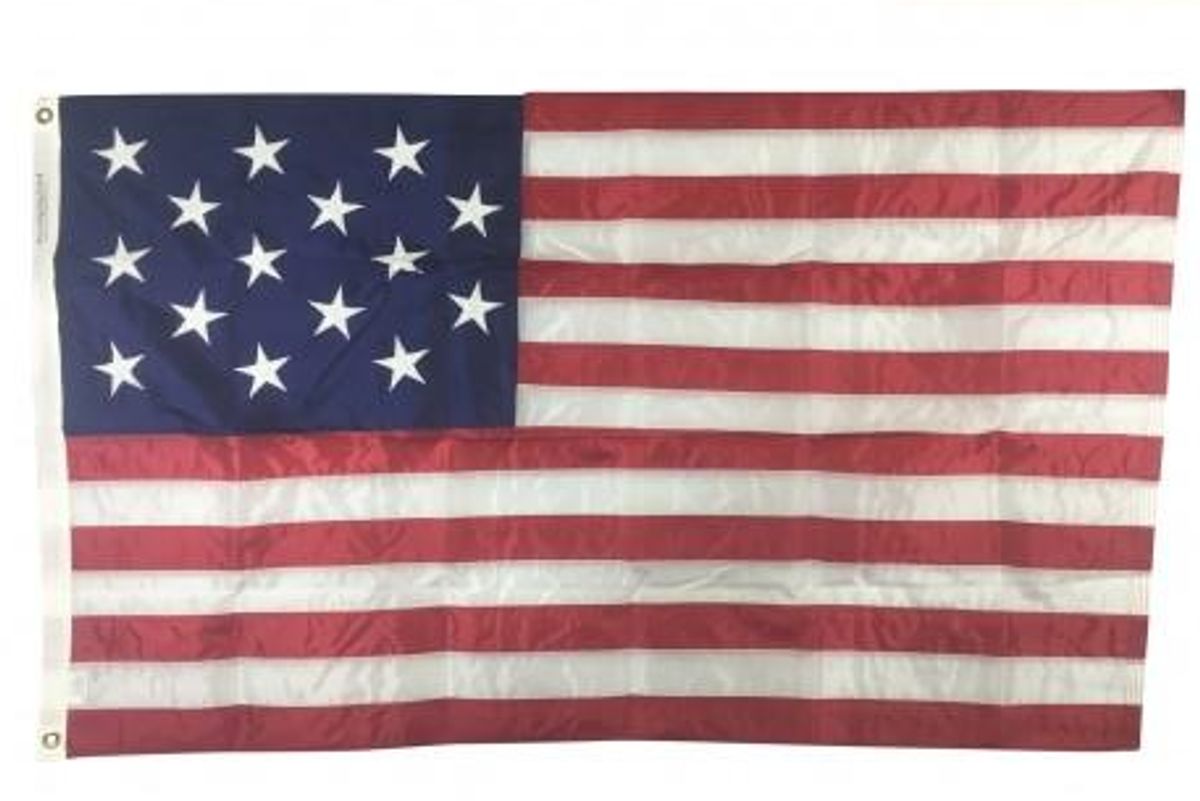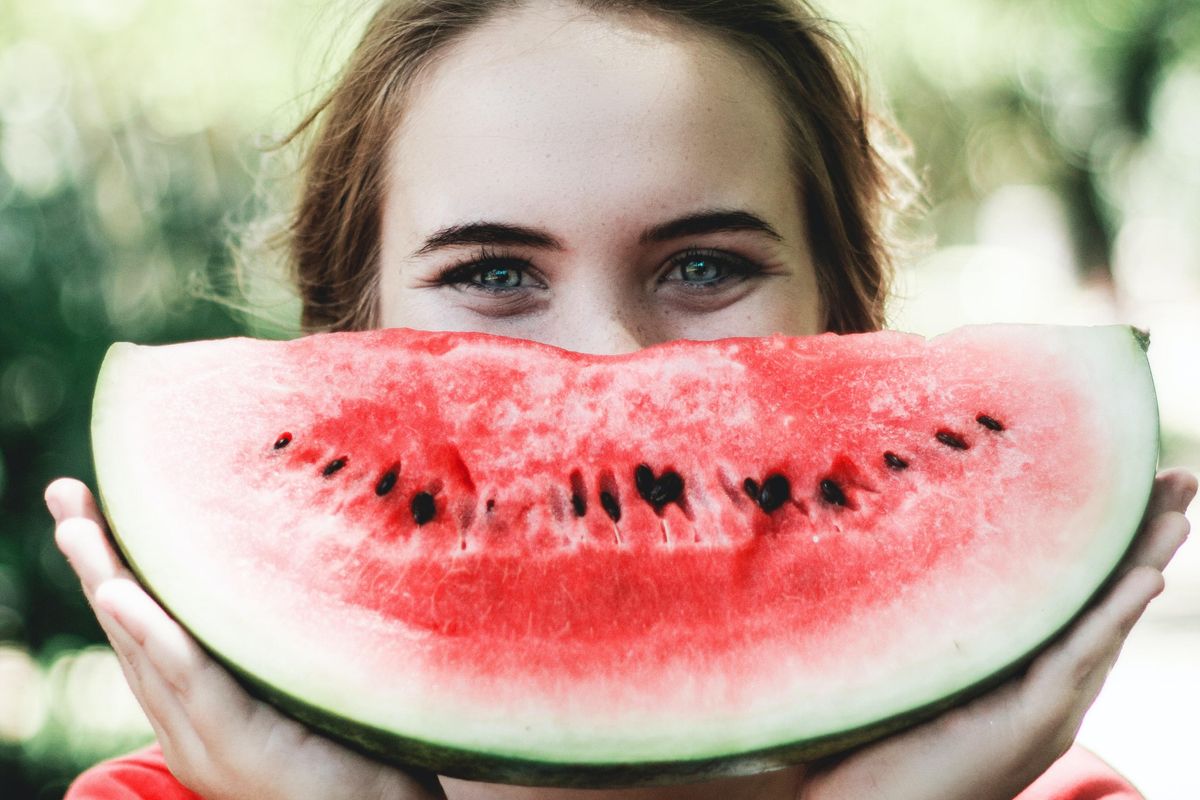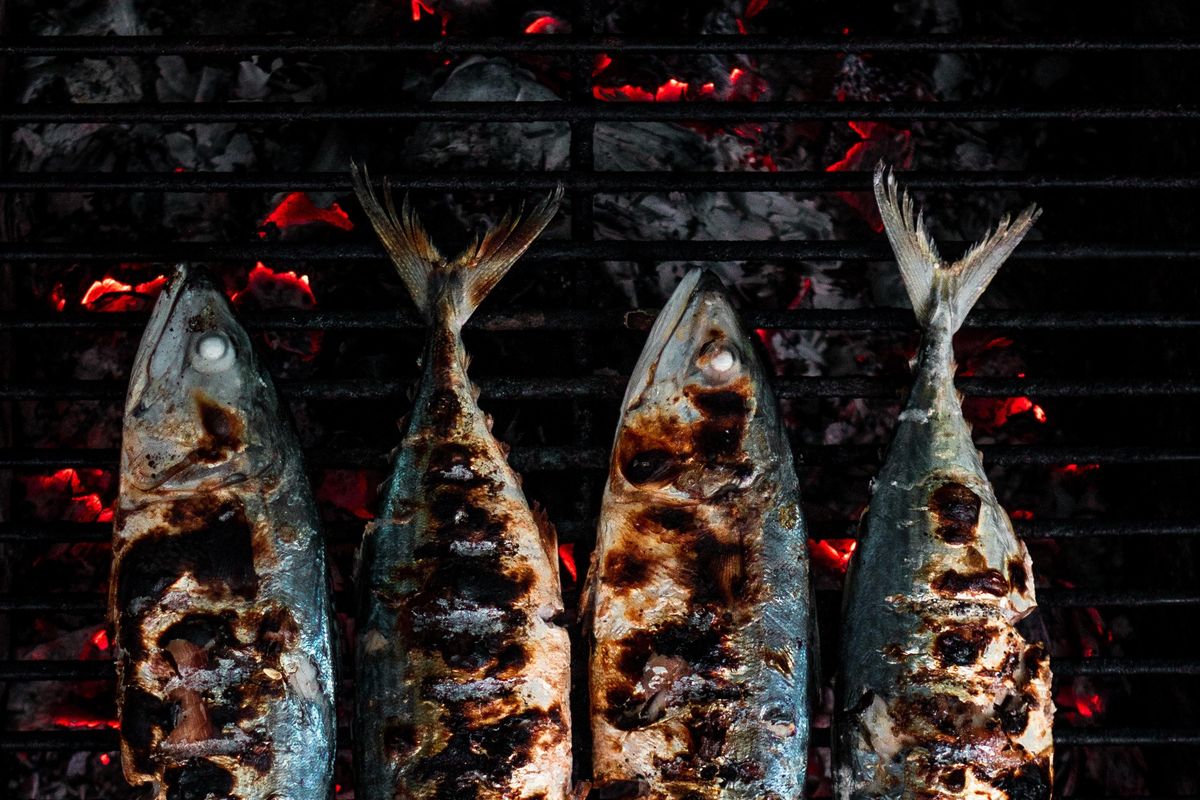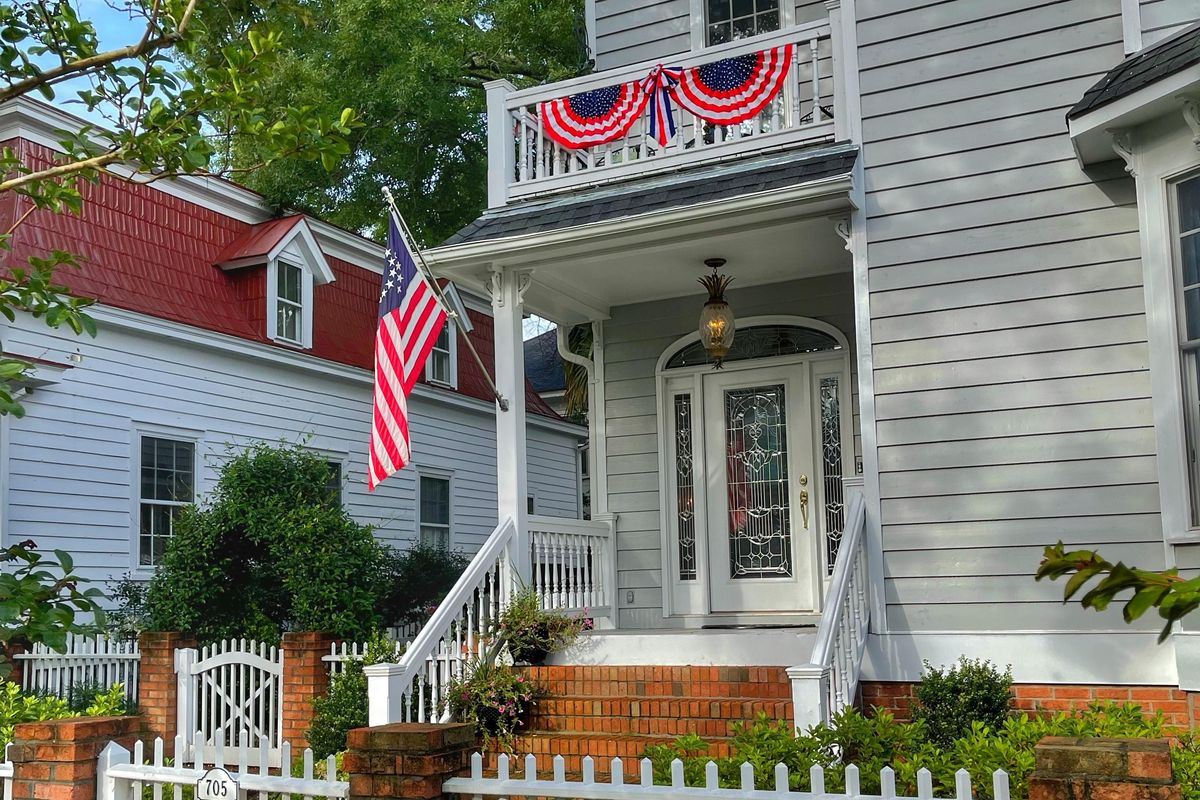'Act like you're my mom': 10-year-old cleverly escapes a woman who was following him home
Security cameras caught it all on video.

Pennsylvania's State Route 100.
A quick-thinking 10-year-old boy escaped a woman trying to lure him by pretending that a local store clerk was his mother. ABC 6 reports that Sammy Green was walking home from school in Pottstown, Pennsylvania, on Friday, November 11, when a strange woman started following him.
The woman "started walking with him and asking him where his family was, asking where his dad was," Sam Green, the boy's father, told ABC6. The boy didn’t know the woman but she insisted that she knew his family.
She tried to lure him into going with her by promising she’d buy him “anything he wanted” at Wawa, a local convenience store that sells shakes, sandwiches and other treats.
"She was like, 'I'm going to Wawa, are you going there? What are you getting from Wawa? Where's your family at?'" Sammy told CBS.
"She said she probably knew me and was going to Wawa and that he was supposed to go with her and he could get anything he wanted," Sam Green said.
In an attempt to flee the suspicious woman, Sammy walked into Dani Bee Funky, an unconventional gift shop, where he went straight to 17-year-old Hannah who was working the register. "He was like, 'Pretend like you're my mom,'" Hannah told CBS, "and I was just like, 'all right go to the back.' He didn't want to leave my side."
Security footage shows that Hannah then calmly walked up to the store’s front door and locked it, preventing the woman from coming inside. After she was locked out, the woman walked away. "I was still shaking when I was in here," Sammy said.
The security camera footage is hard for Sammy's dad to watch. "When we were watching that video, I cried every time I saw it," said Green.
\u201cthat are so scary i glad he was able to get help \n\nA 10-year-old boy in Pottstown, Pennsylvania, escaped a woman who was following him.\n\nThe boy asked a cashier to pretend to be his mother \nhttps://t.co/2WYLX9nQvN\u201d— H\u1ea1nh Lien \ud83c\udff3\ufe0f\u200d\ud83c\udf08 (@H\u1ea1nh Lien \ud83c\udff3\ufe0f\u200d\ud83c\udf08) 1668604197
The shop’s owner has nothing but praise for Hannah’s calm way of handling the dangerous situation. "I am very proud of her. Hannah is a 17-year-old young lady. She did everything correctly," Small said.
This story is a great reminder for parents to talk to their kids about what to do if they are approached by a suspicious person. The first thing they should know is that it’s OK to say “No!” as loudly as possible to a suspicious person. They should then scream, “Help! This is not my mom or my dad!” to alert the adults around them and then run. If they are grabbed by the person they should bite, punch and kick as hard as they can until they can get free.
Sammy’s dad is proud that his son remembered what he told him to do when confronted by a suspicious stranger. "Think of every scenario and make sure that children know and also practice it," he reminded parents. "Practice your situations and scenarios just like fire drills."
For the time being, Sammy is going to have a family friend walk him to and from school. The Pottstown Police have spoken with the woman and she is now getting help for mental health issues.
This article originally appeared on 11.17.22


 O Organics Mexican-style blend cheese.via O Organics
O Organics Mexican-style blend cheese.via O Organics O Organics baby gold potatoes.via O Organics
O Organics baby gold potatoes.via O Organics O Organics tomato basil pasta sauce and extra virgin olive oil.via O Organics
O Organics tomato basil pasta sauce and extra virgin olive oil.via O Organics





